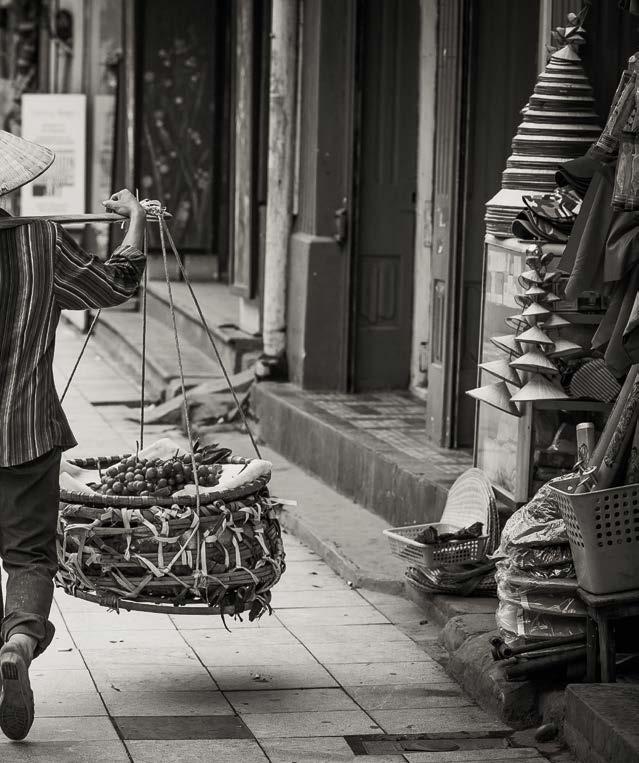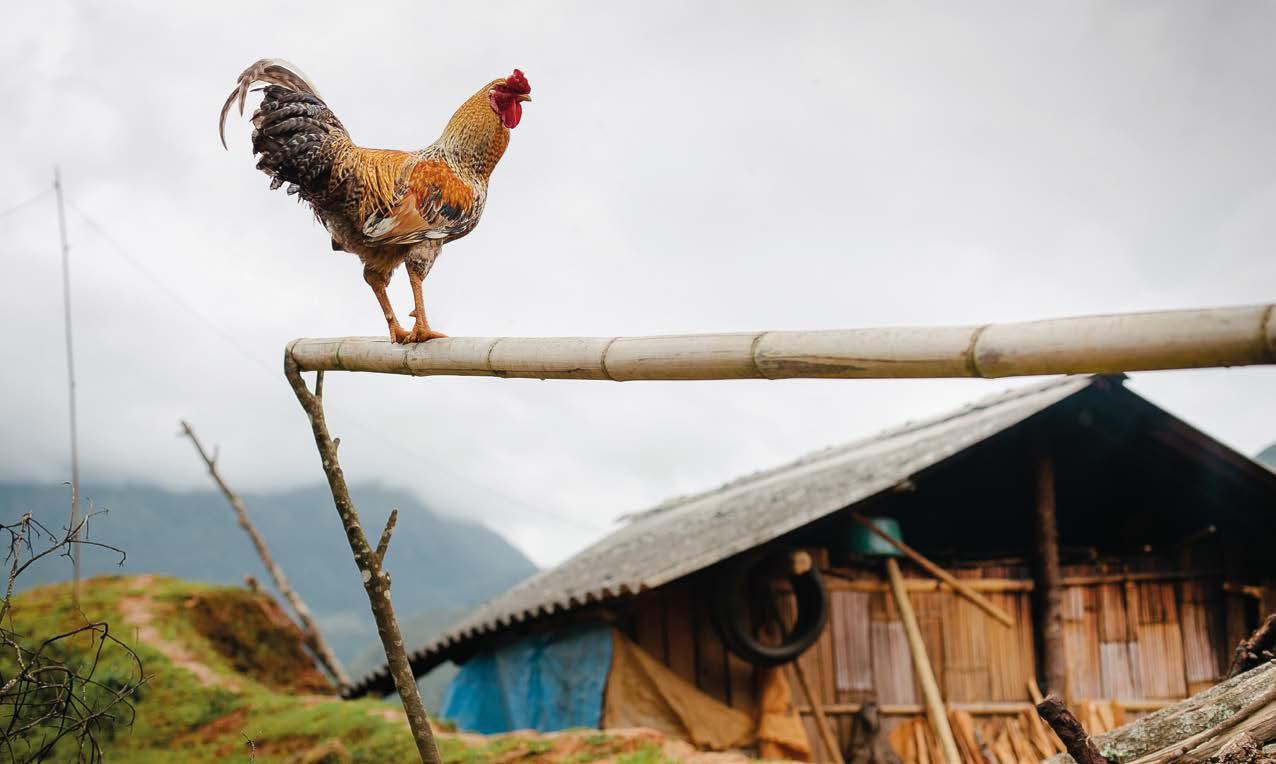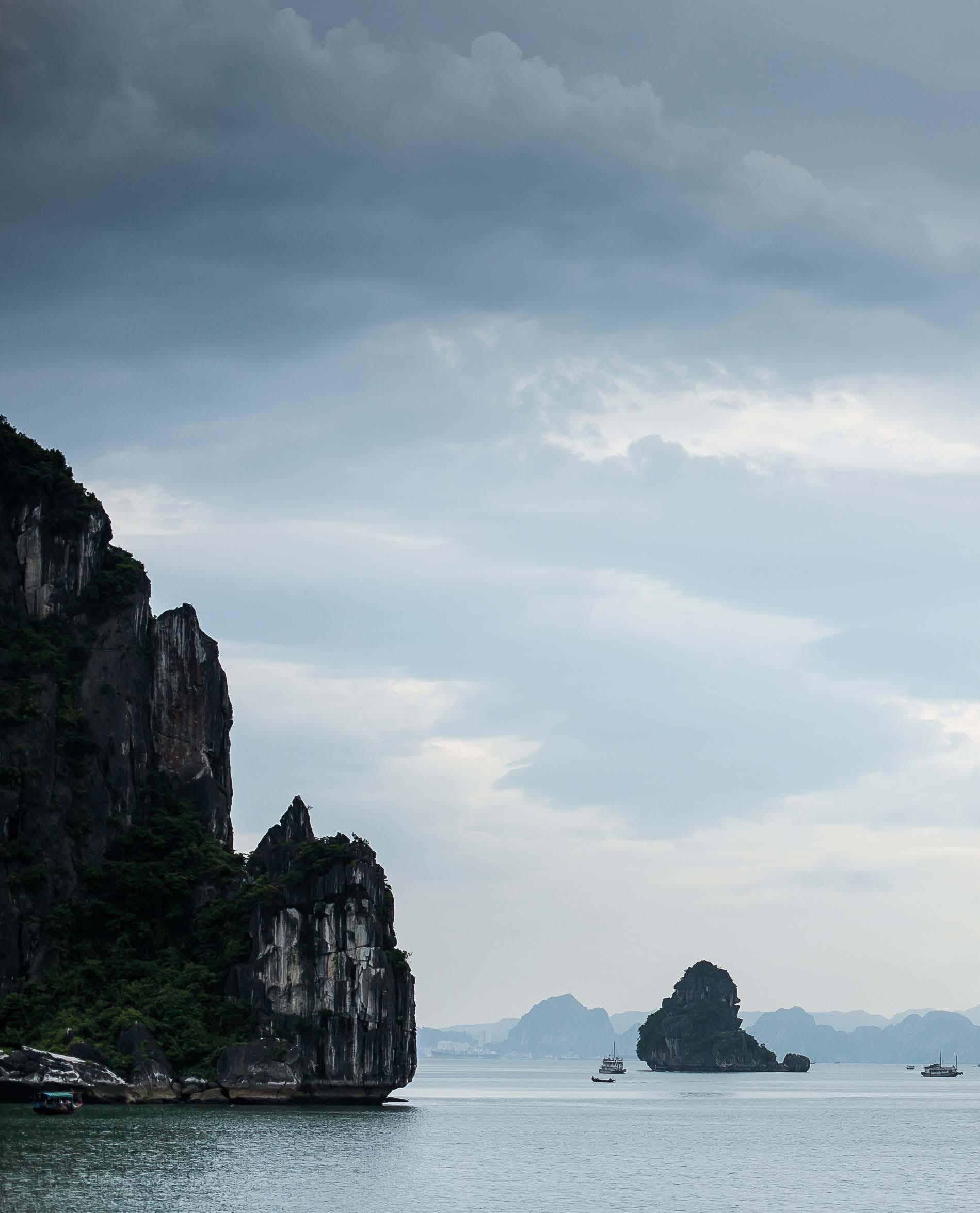
8 minute read
Land of the Dragon
DEBRA BOUWER INTRODUCES US TO HER CAMBODIA & VIETNAM PHOTOGRAPHER JANI BREEDT
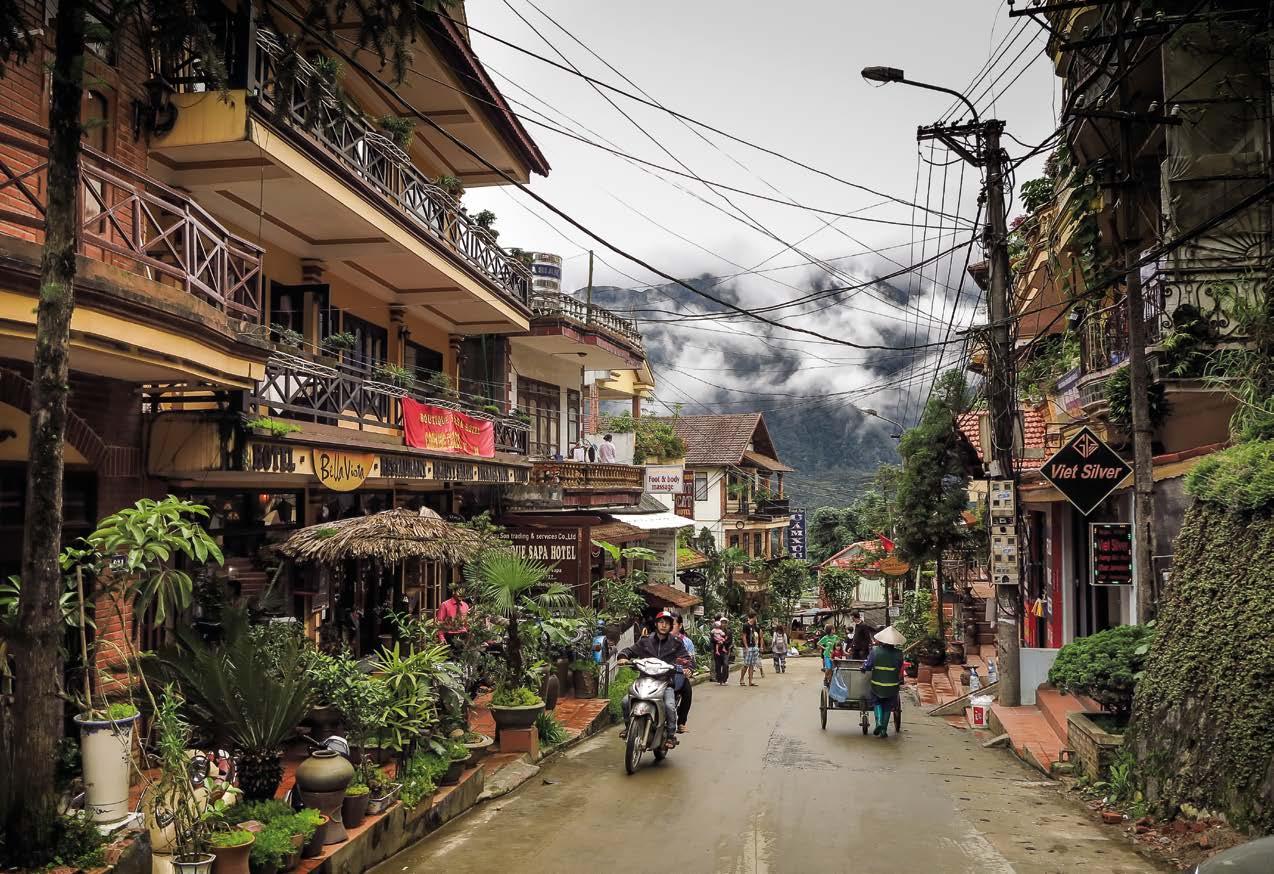
Advertisement
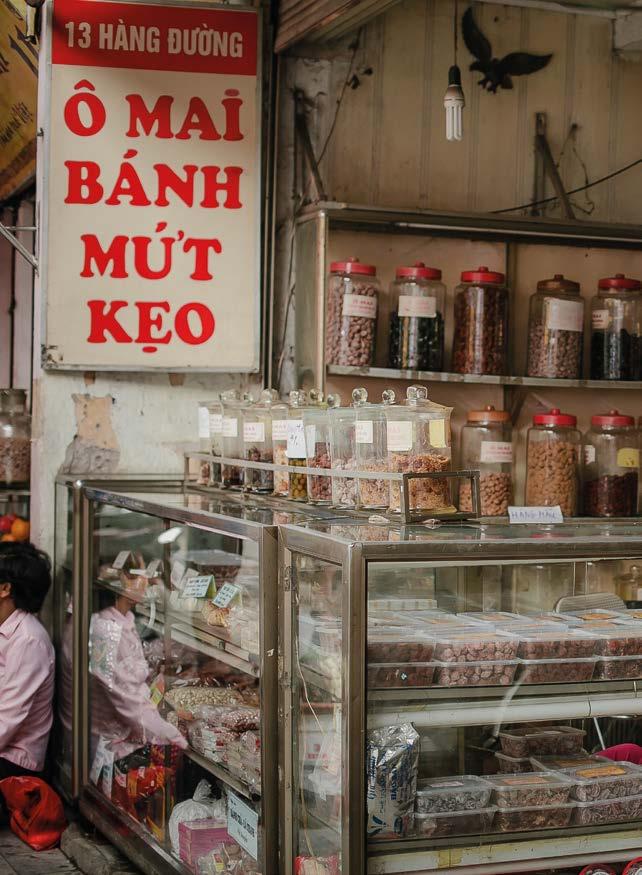
Ancient mythology spins a tale of a people descended from the Dragon Lord, Lạc Long Quân and the Immortal Fairy Âu Cơ. According to myth they produced 100 children, 50 of whom lived with their mother in the mountains while the rest remained with their father in the sea. So steeped in mythology is the land of Vietnam that the history of each area is shrouded in mystery and myth all its own.
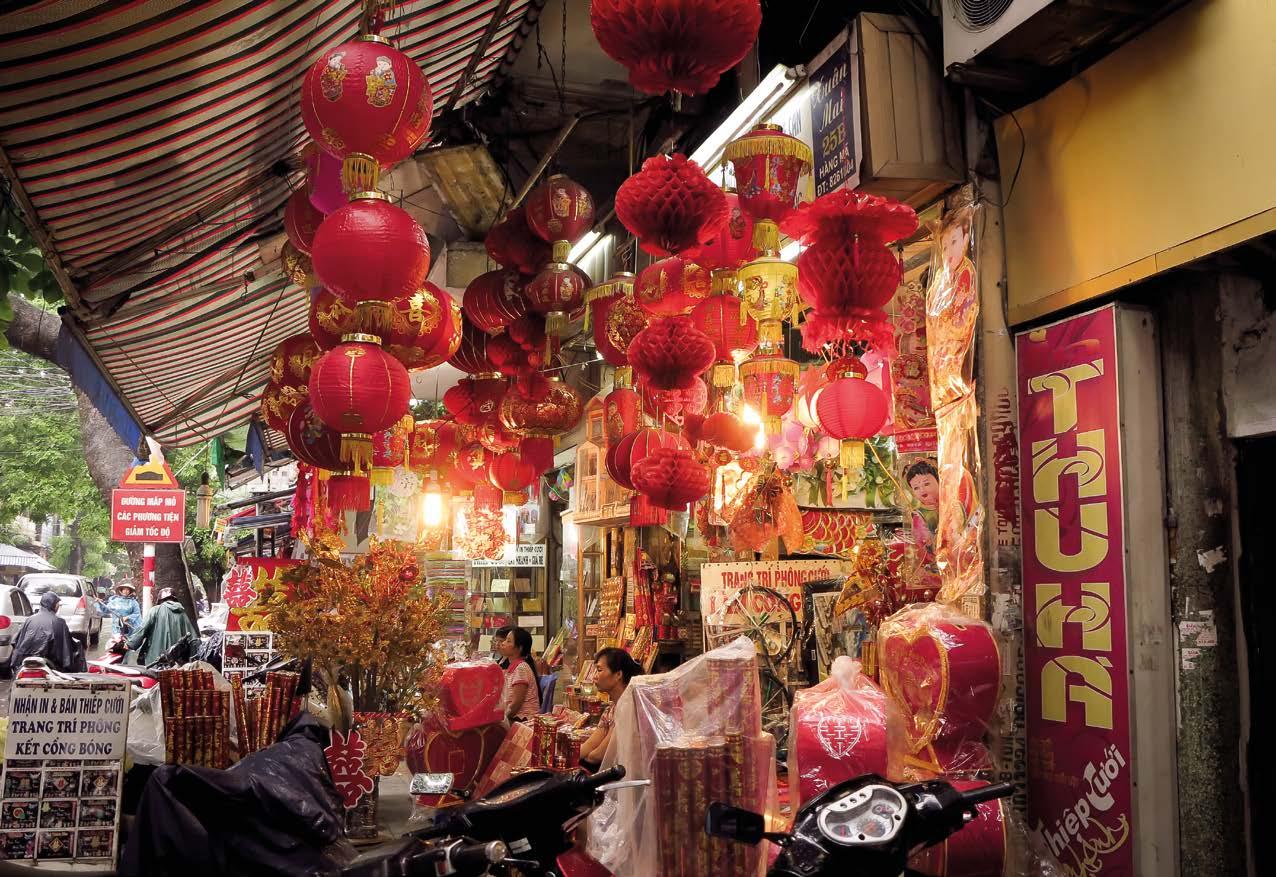
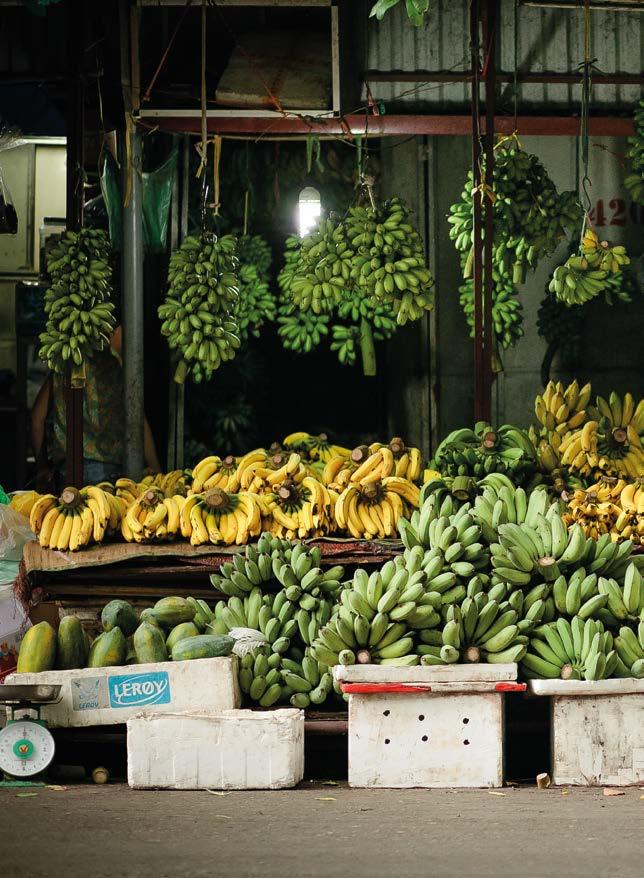
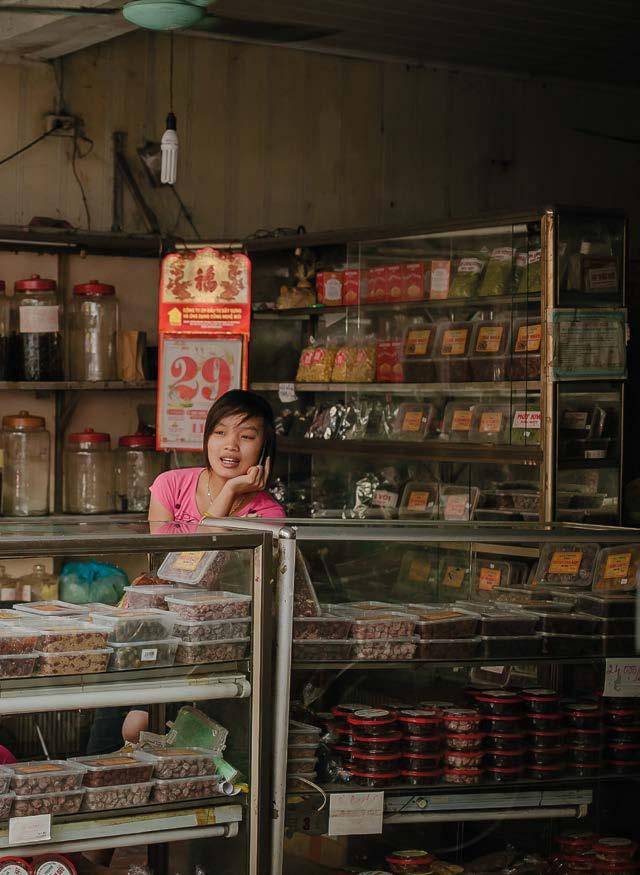
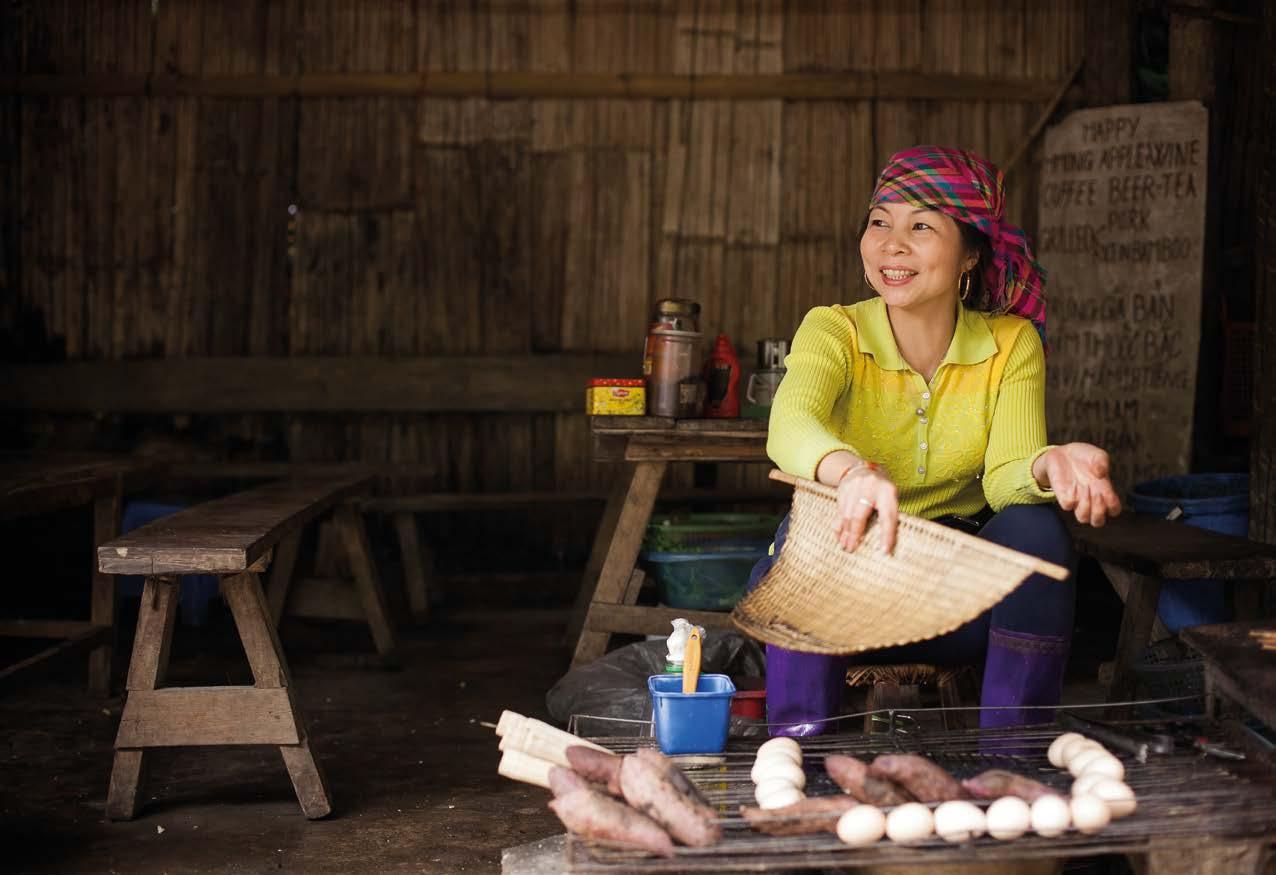
Landing in Hanoi, capital of Vietnam and home to about 3.7 million people and 1.2 million motorbikes, is like landing in the heart of a giant mosquito that never sleeps. Endless streams of bikes pass you each day, many with families of four squeezed on the back, and heading off on their daily chores. Farmers from outlying areas meet at the morning market at 3am, and by 7am have vanished like mist. At night, entire streets are transformed into night markets which trade under the stars, until late in the evening. Unlike its sister city, Saigon (or Hồ Chí Minh City), Hanoi has narrow streets and retains much of its ancient city charm. The old quarter, known as the “36 Streets”, dates back more than 2000 years. The area was once home to numerous craft guilds which created separate work areas. When the streets were eventually christened, each street was named after the craft that had made its home there. So, today, if you need shoes, you head for Hang Guay, and for jewellery, Hang Bac.
Leaving the bustle of the city and travelling north towards the sea, Highway 5 takes you to a World Heritage Site, and the tail of the “descending dragon”. Halong Bay is an endless canvas of 1969 limestone islands, 989 of which have been named. Many of these islands are home to hundreds of caves, some of which can be visited on foot while others can only be reached in the
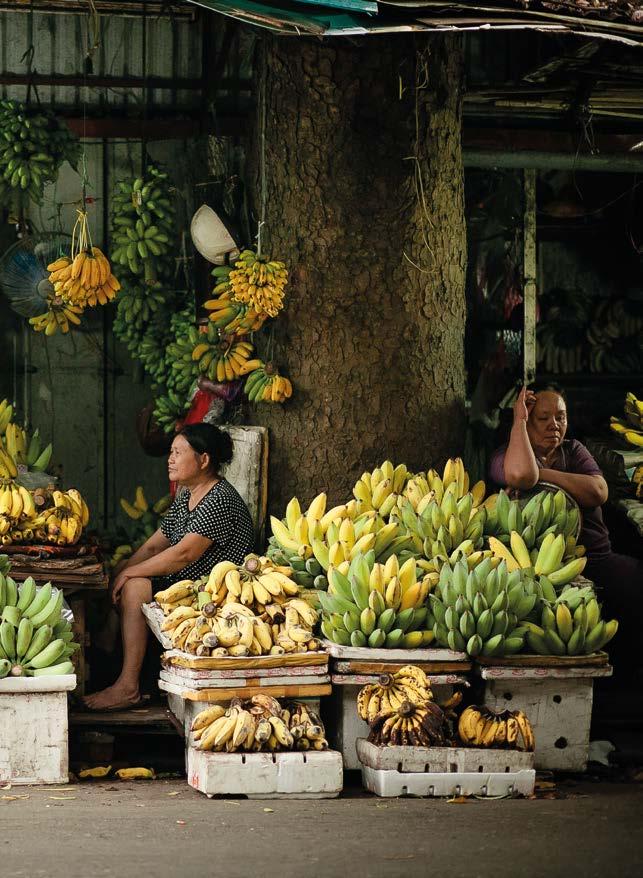


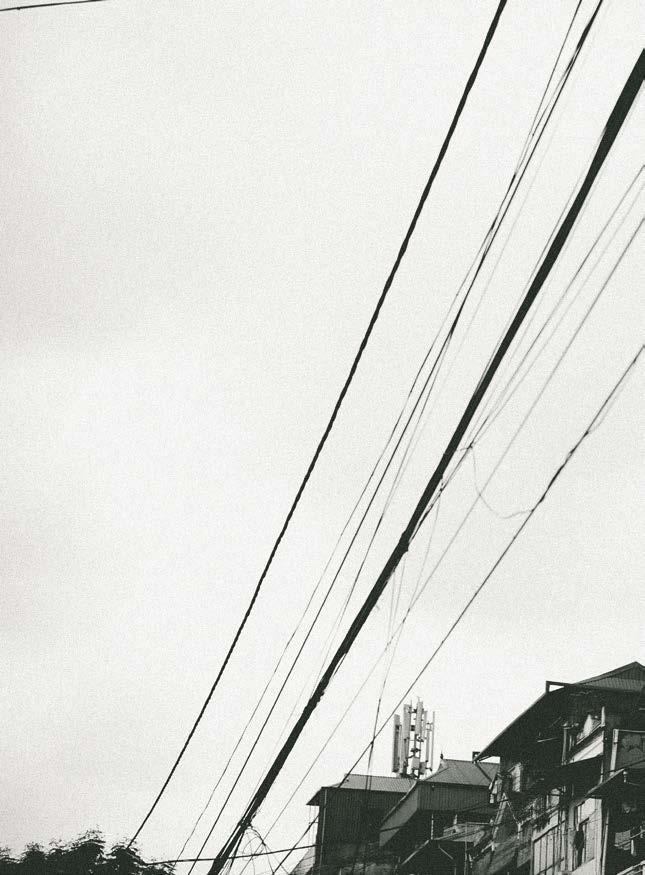
pleasant tranquility of a kayak.
According to local legend, Halong Bay was created by a family of dragons, sent by the gods to help protect the Vietnamese from Chinese invaders. The dragons spat out pears and jade stones which soon turned to myriad islands which would protect the citizens from the invaders. Today, these very same islands provide an idyllic home to many small floating villages, the inhabitants of which survive on the 200 species of fish and 450 different species of mollusks that the waters provide.
Far south of Halong Bay is the small, picturesque and extremely historical town of Hoi An, where The Quiet American was partially filmed. Between the 15th and 19th centuries the town served as one of South-East Asia’s most important trading ports for spices and silk, and today it’s still a traders’ paradise. Cars are banned and the narrow cobbled streets are lined with old buildings, temples, pagodas and endless shops selling handmade trousers for $15, evening dresses for $25 and three-piece suits for $40. In the heart of the town is the Ving Hung Hotel, which served as the dressing room for Michael Caine during filming. Today, tourists jostle to book into the same room which overlooks the narrow, bustling lantern-lit streets below, which come alive during the festival of the full moon.
From the quiet tranquility of Hoi An, a short flight takes you into the belly of the dragon, Saigon or the modern day Hồ Chí Minh City. Inhabited by 8 million people and 4 million motorbikes it pulsates 24 hours a day. Travelling through the vast tarred streets with towering modern hotels and malls, it is hard to believe that the city started out as a small fishing village in an
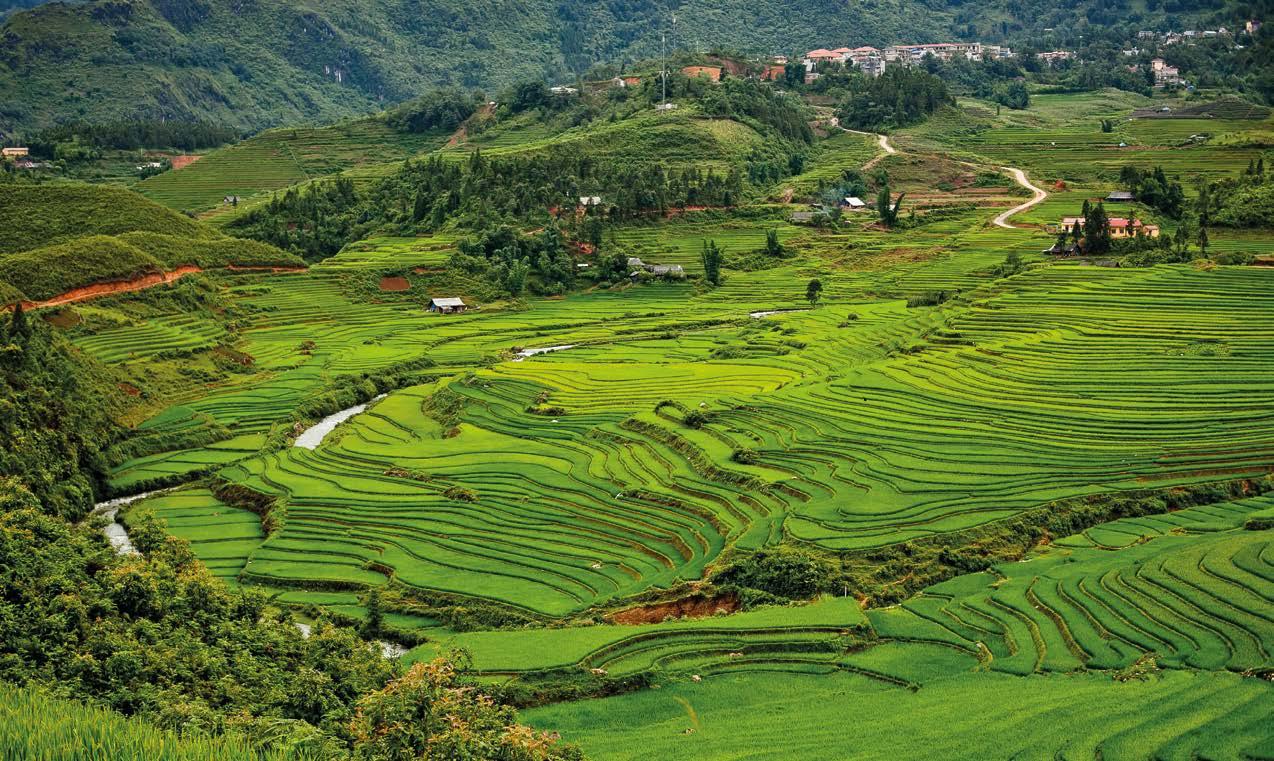
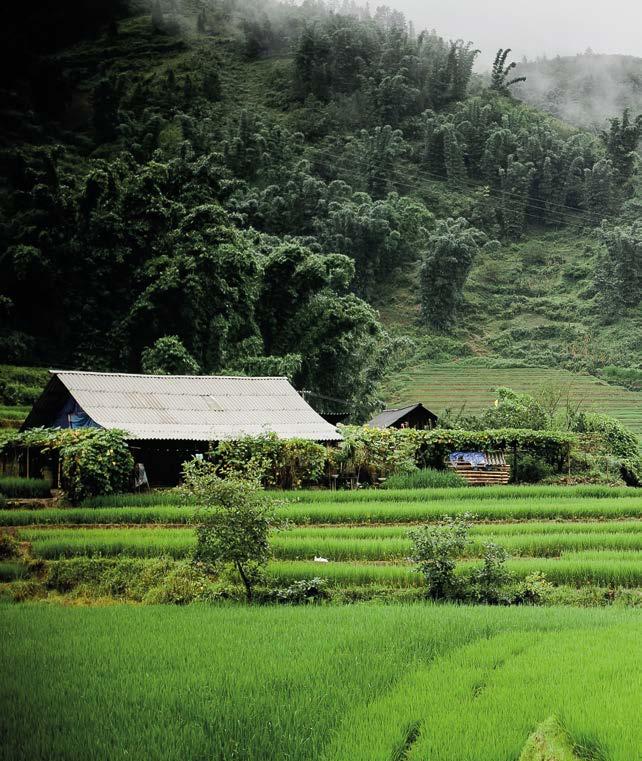
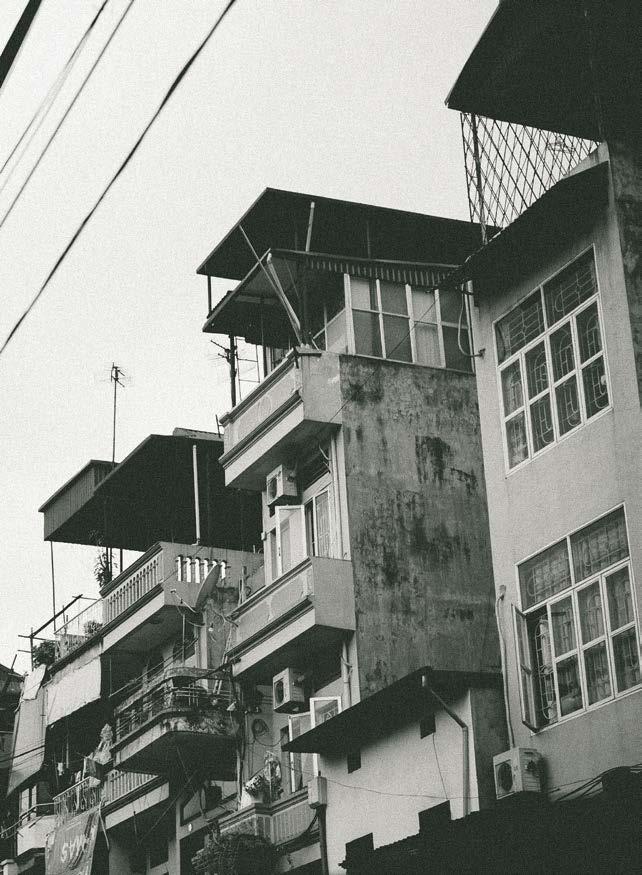
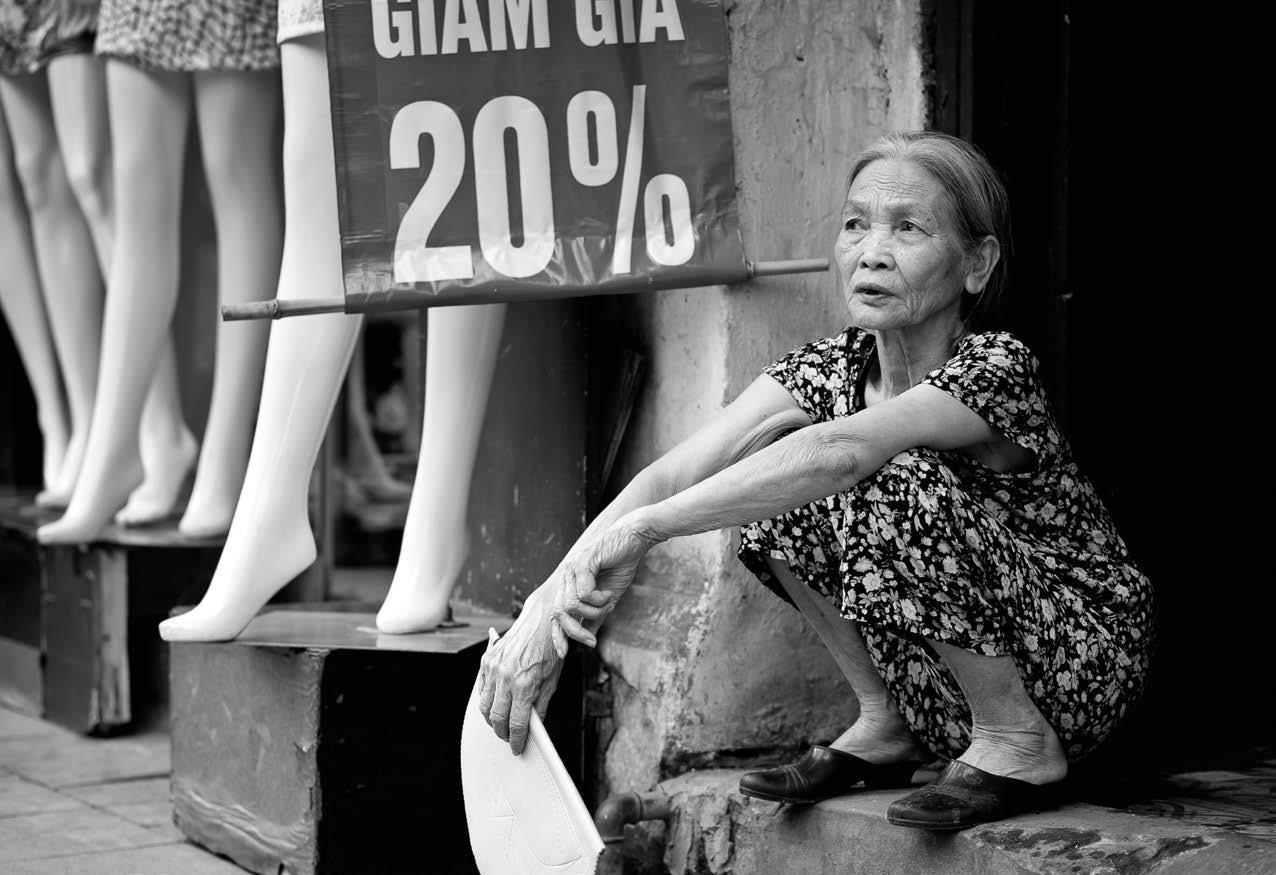
area that was originally swampland. But, when heading out into the neighbouring areas the tranquility of forgotten days soon prevails. Endless rice paddies line the countless roads that spread out from the city. Farmers work the land, harvesting rice in the blazing heat. Old carts are pulled by weary horses. Rubber trees are methodically planted in rows, their sticky sap slowly seeping into wooden bowls for collection.
Taking a slow drive back in time, one arrives in Cu Chi, whose 121km hand-dug underground tunnels became famous as a battleground of the Vietnam War. The forested area is littered with B52 bomb craters and the endless spattering of gunfire can be heard from the firing range. Some of the tunnels are open for tourists to experience, for a brief period, what life in the tunnels must have been like. In the blistering heat of the day, seven of us descended into the dark abyss below. The tunnels are narrow, dark, airless and in places slope down and narrow further, so you have to slither on your belly. About 40 minutes was all it took for me to realise that as a non-sufferer of claustrophobia, another 20 minutes would surely have made me a convert. Lack of air. Stifling heat.
For the Viet Cong, life in the tunnels was difficult. Sometimes, during periods of heavy bombing from American troops, the Viet Cong would be forced to remain underground for many days at a time. Malaria and sickness were rampant and accounted for the second-largest cause of death after battle wounds.
As horrific as life in the tunnels must have been, it is the images of the war weapons and traps set by the Viet Cong for the Americans that will remain in my memory for a lifetime but, as one local guide
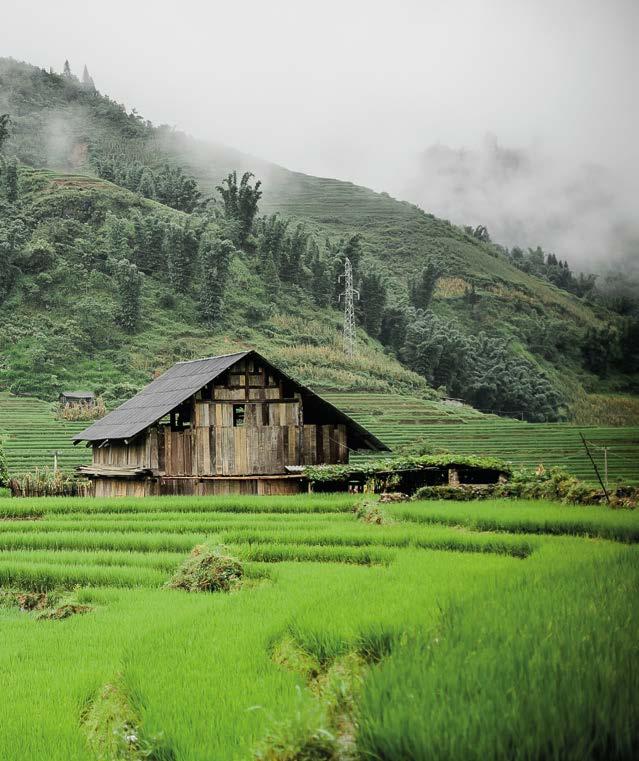
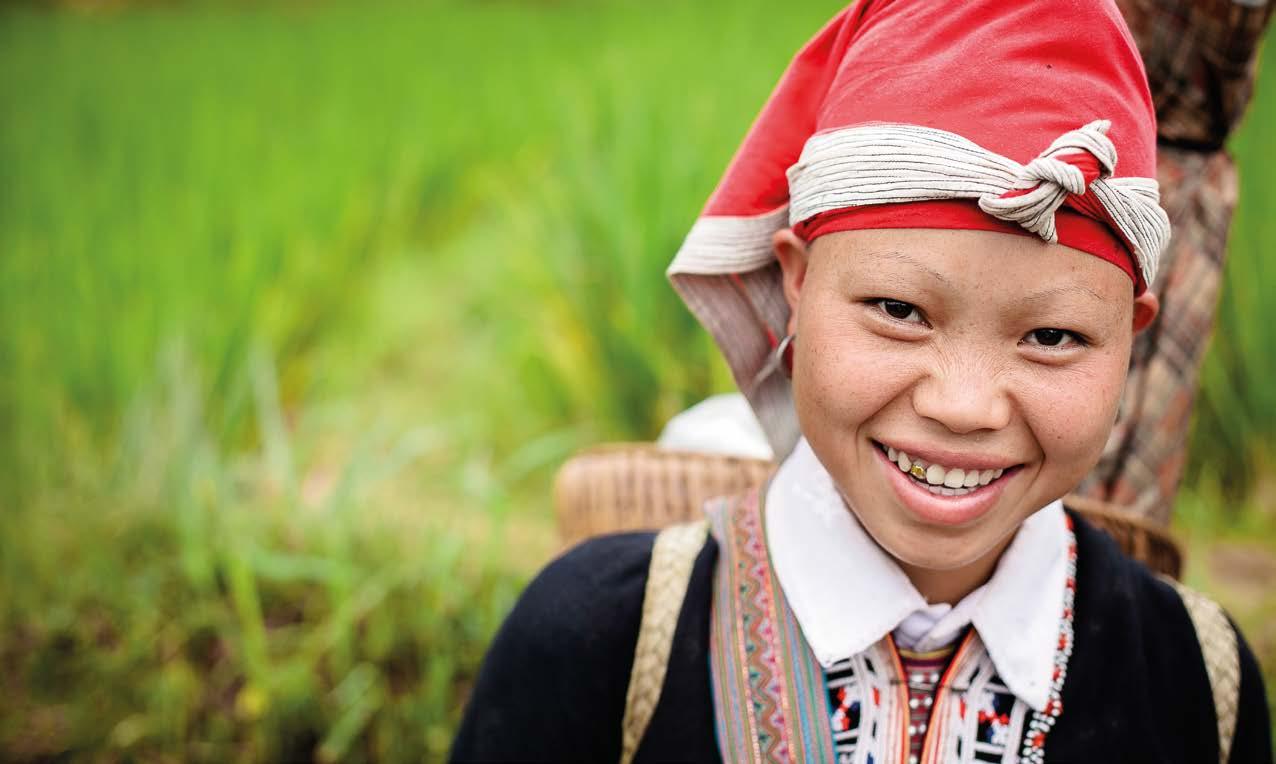
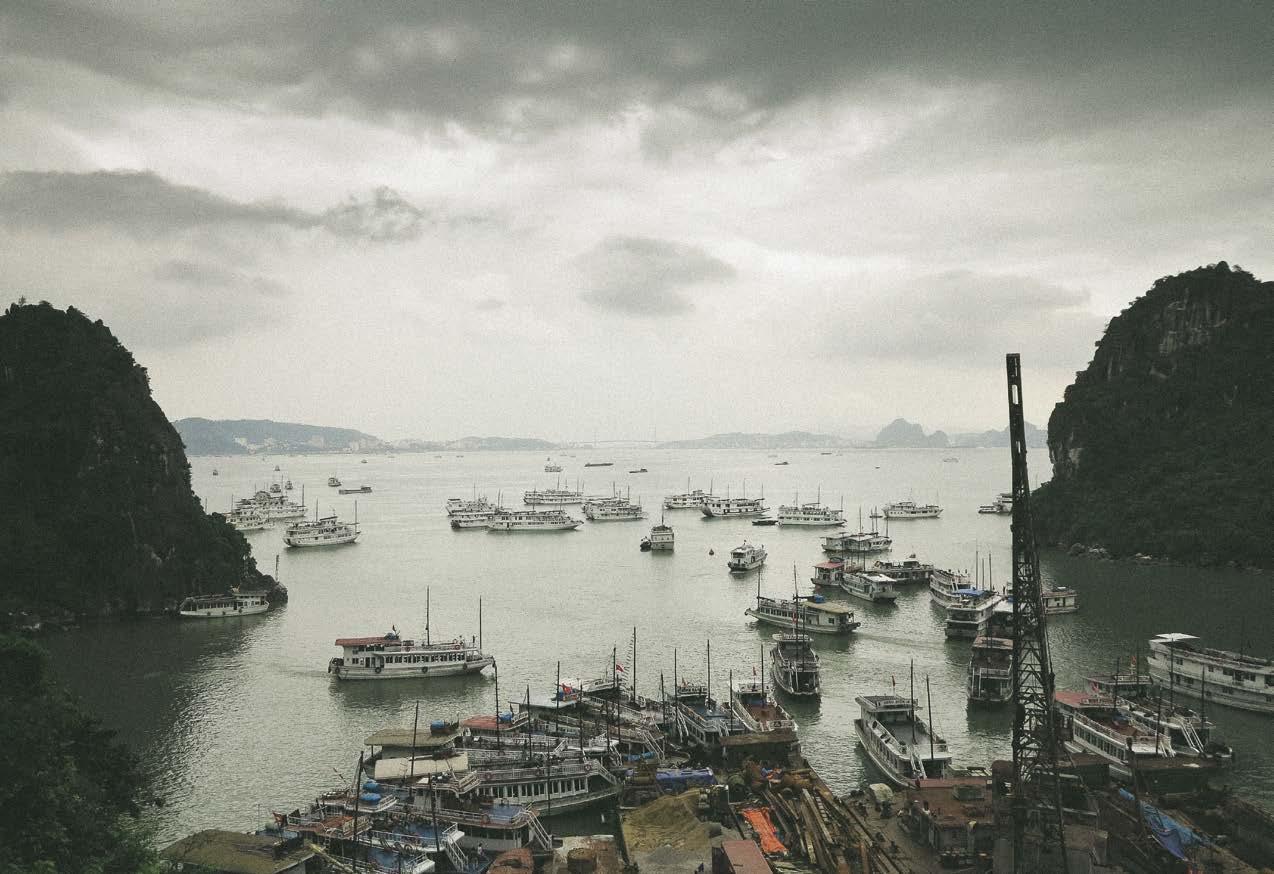
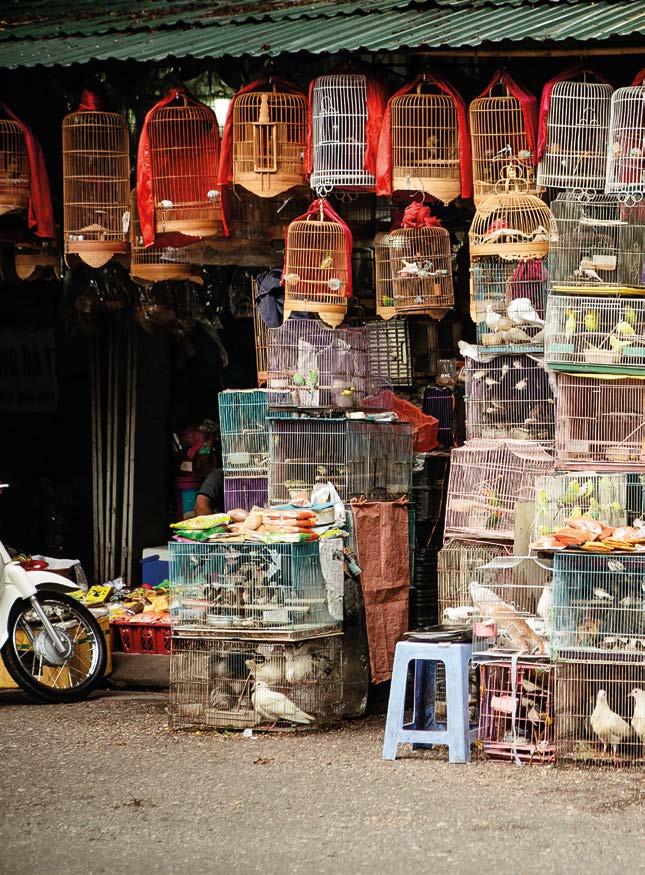
said, when your way of life is under attack, you will do all in your power to protect it.
South of Saigon lurk the arms and legs of the dragon, whose claws spread out to form the massive expanse of the Mekong Delta. The area, also known as Nine River Dragon Delta, covers an expanse of more than 790 000km2. The Mekong is the 12th-longest river in the world, and runs all the way from the Tibetan Plateau through China, Burma, Thailand, Laos and Cambodia, into Vietnam and finally into the South China Sea.
With such an expanse of water it’s not surprising to find that the residents of the Mekong area are river people. Where Hanoi’s streets come alive with early morning markets, the tributaries of the Mekong erupt into a chattering washtub as hundreds of boats navigate the narrow channels, laden with hands of bananas, grapefruit, jackfruit, spinach, fish and every kind of vegetable imaginable. Trade takes place under the shade of Vietnamese hats while hotel and restaurant owners on the shoreline yell their daily orders across the water.
About 20 minutes up the Mekong, we headed along a narrow tributary to explore life upriver. Locals wade about in the waters catching fish. Children cycle and play along narrow sidewalks dodging chickens and dogs. Mothers sit at the water’s edge washing clothes while the men potter about fixing their boats. Farmers make a living on a combination of fish and rice, generating an average of $35 a month, while small family businesses survive making rice cakes, rice paper and potent rice wine.
Leaving the peace and tranquility of the Mekong, our next stop was neighbouring Cambodia, lying at the back of the dragon.
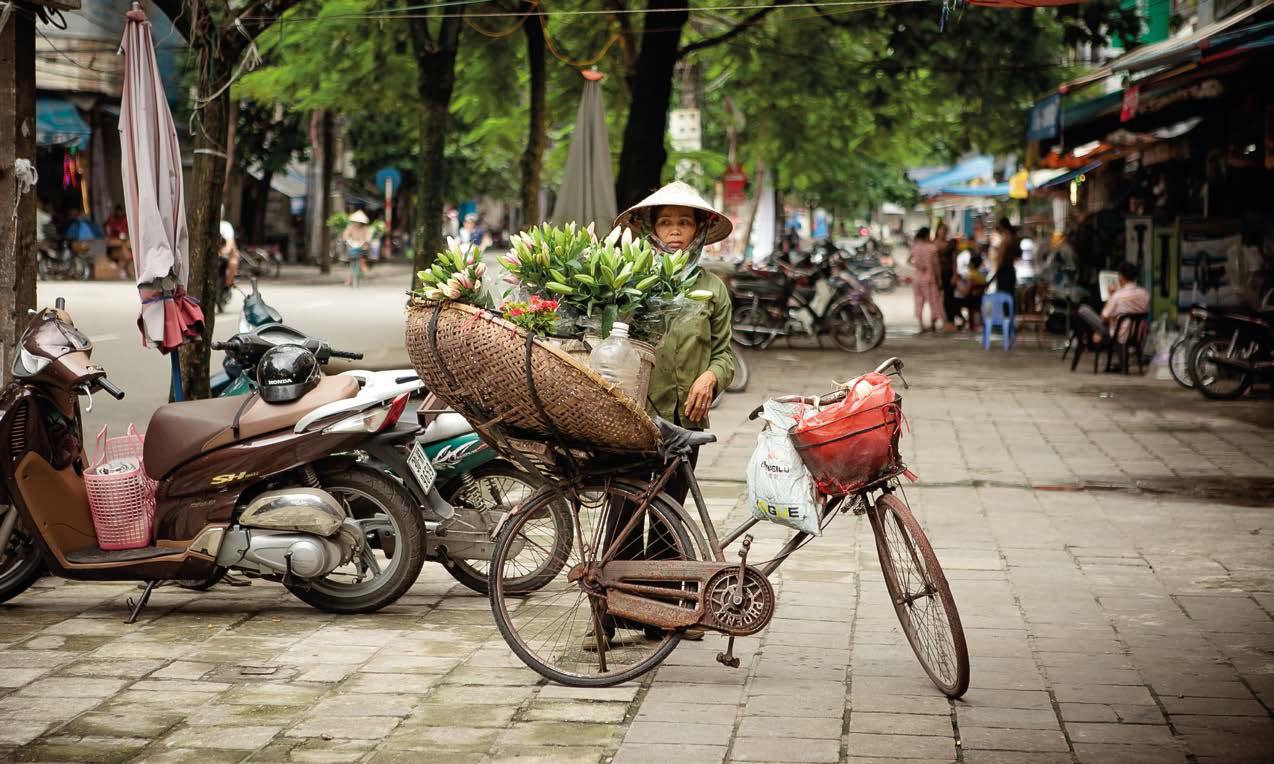
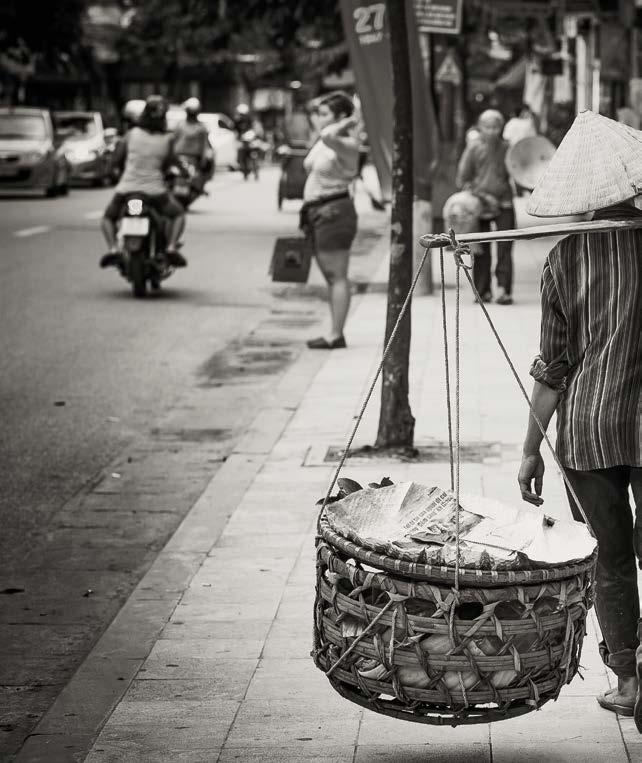
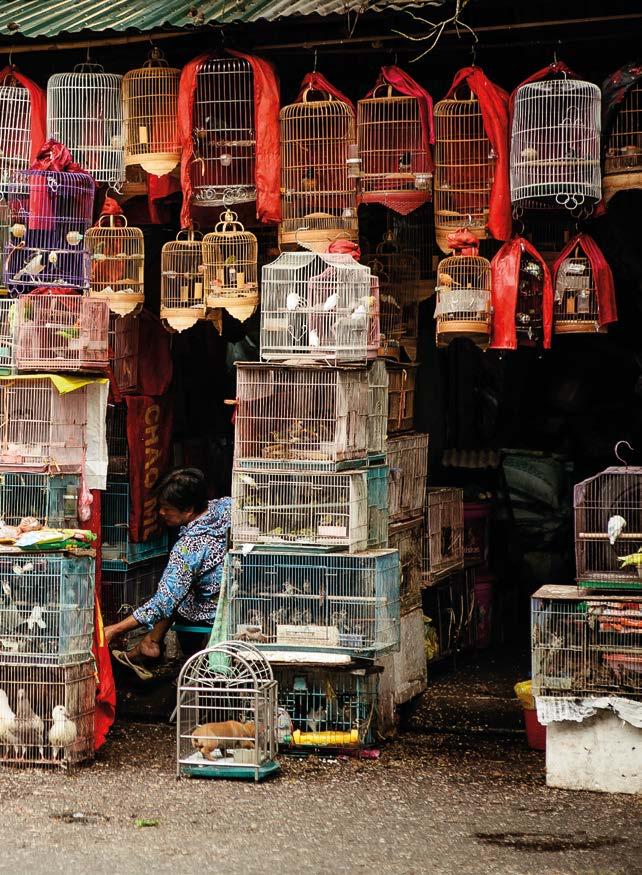

Like Vietnam, the history of Cambodia is marred with foreign invasions, international political intervention and internal conflicts. The pinnacle of Cambodia’s history was attained during the rule of the Khymer kings between about 800–1400AD. It was during this period that the Khmer kings built the most extensive concentration of religious temples in the world – the Angkor temple complex – and hundreds of surrounding temples.
Then – in 1431– the Thais plundered the area and the complex of Angkor was abandoned. For almost 200 years nature made its presence felt, invading and almost obscuring the temples. Fig trees took up residence on temple walls and slowly engulfed the buildings. Moss adorned the intricate carvings and aerial roots flowed to the floor.
Today, the complex of temples is a World Heritage Site. Many of the Hindu statues have been removed and replaced with sculptures of Buddha, and numerous renovations and preservation projects are under way. Time seems to have stood still, leaving an imprint of mystique. It was here that I lost my heart, to the temple, and to Cambodia.
I cannot say what made me fall in love with Vietnam and Cambodia. Perhaps it was the ever-smiling faces of the people, the sheer simplicity of life or the vast green rice-fields; the smell of the rain or the sounds of children splashing about kicking a home-crafted soccer ball. Perhaps it was the excitement with which vendors haggle over prices or the intense respect shown by children to their elders. Whatever the reason, Vietnam and Cambodia left an indelible imprint on my heart and a yearning to return in my soul.
